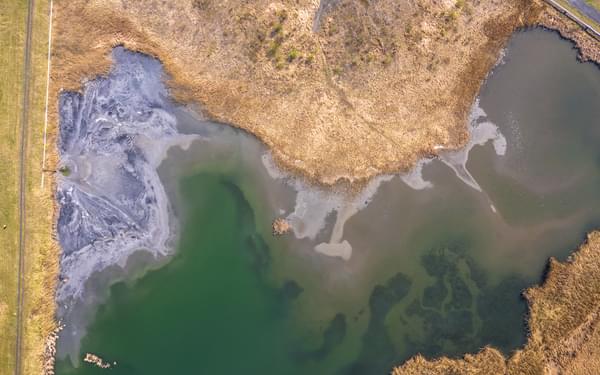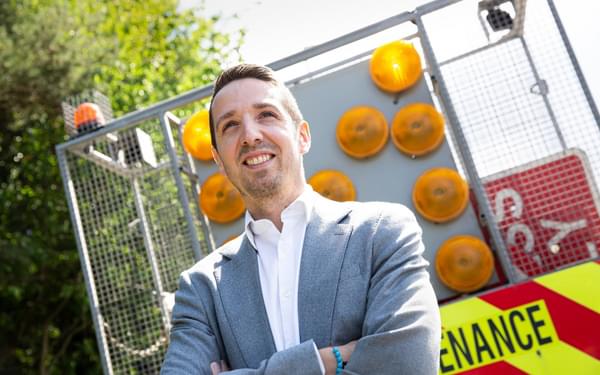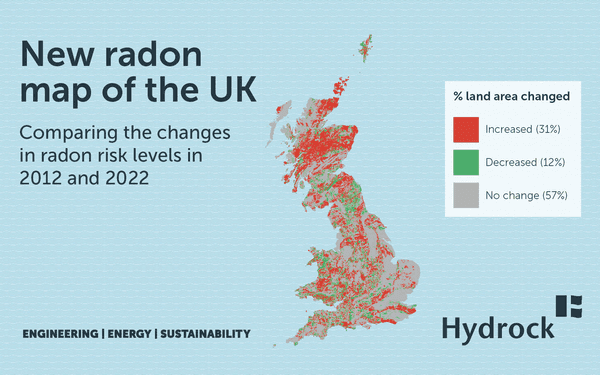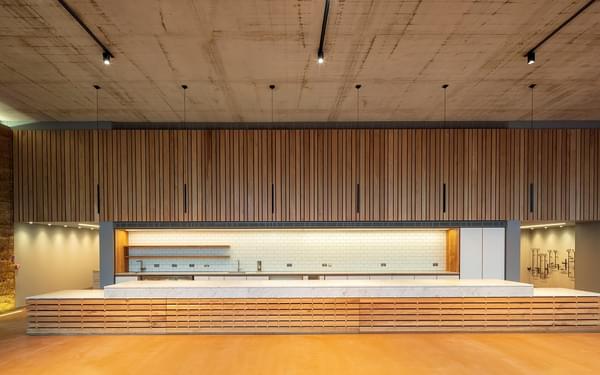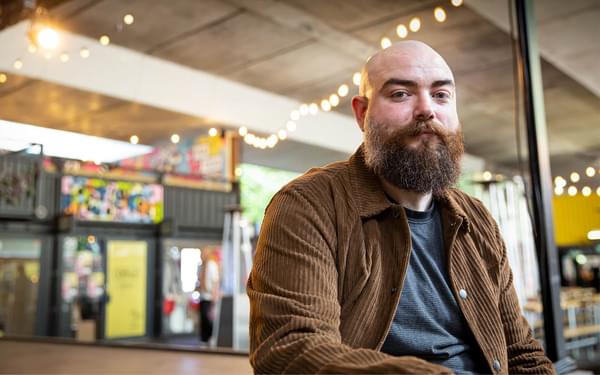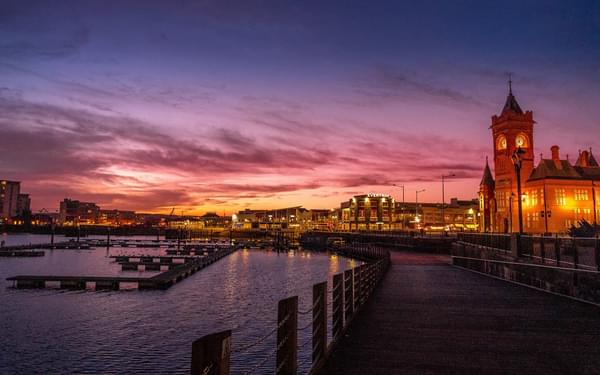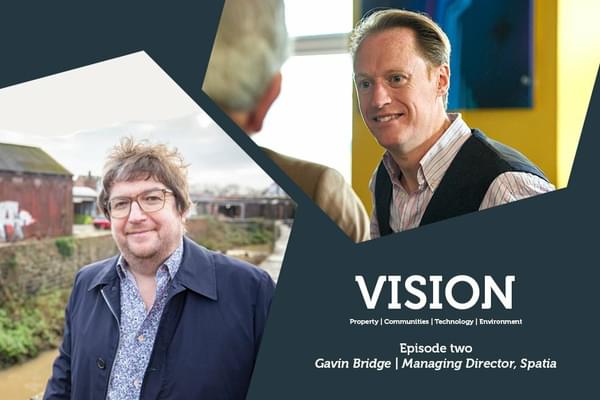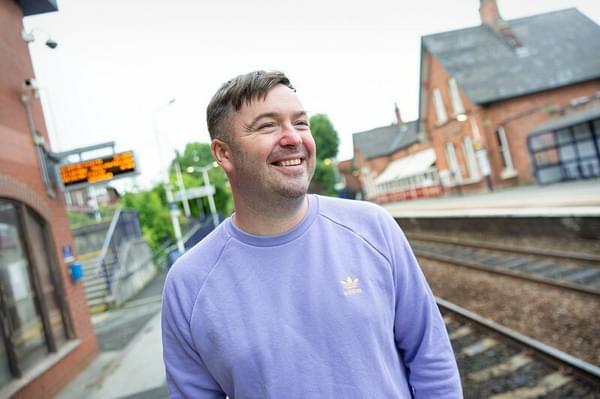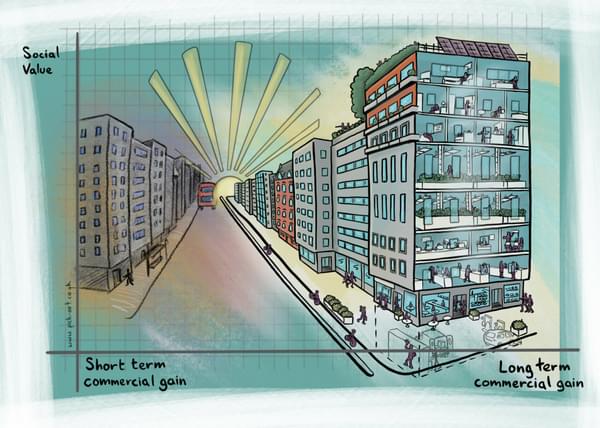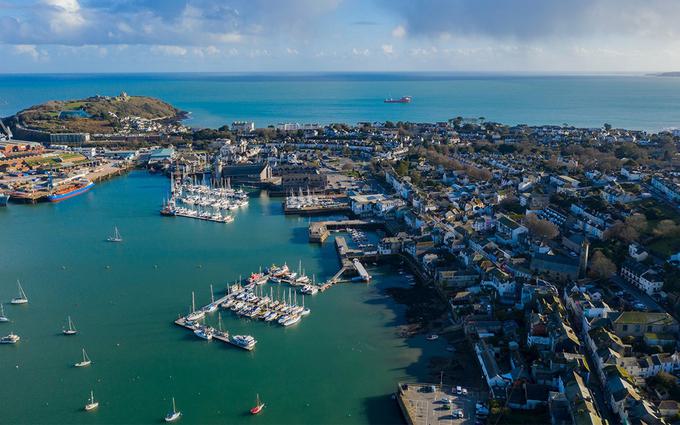
The recent G7 summit at Carbis Bay put Cornwall firmly in the limelight of the world stage. The international press was wowed by the beauty of the county’s coastline, and by high-profile visits to locations such as the Eden Project, which played host to world leaders including the HM The Queen and members of the royal family.
Cornwall’s traditions and natural beauty are common themes in its media exposure. However, Simon Reeve’s 2020 ‘Cornwall with…’ documentaries scratched beneath the surface, not only highlighting the deep-rooted cultural heritage and idyllic topography but also drawing out its engineering history, areas of economic deprivation and its huge potential for sustainable future recovery.
Industrial heritage
The rich vein of engineering heritage running through Cornish history includes well-known innovators such as Trevithick, Davy and Matthews. Stacks and engine houses mark the industrial landscape (a World Heritage Site) with the county’s mining heritage extending deep underground in locations such as South Crofty which spreads almost two and a half miles across and 3,000 feet deep – part of an industry which at one time employed more than 20,000 people in Cornwall.
Mining remains in the public consciousness via high-profile exposure in TV productions such as Poldark. Tin mining and open-cast china clay production have shaped the landscape, with the ‘Cornish Alps’ visible testament to an industry which supported central Cornwall. Imerys employs more than 1,000 people in the county and, where land is no longer required for mining, is supporting the regeneration of the ‘clay country’ through projects including the West Carclaze Garden Village.
Industry and international expertise grew on the back of mining. Holman / Climax, manufacturers of rock drills and compressors, employed more than 3,500 people across their sites in Camborne - 80% of their products were for export. To this day, Camborne School of Mines is internationally recognised for its leading role in educating geotechnical engineers. However, the closure of mines and major employers including Holman and Bush left a devastating legacy of social deprivation within many towns and villages which persists to this day and is the focus of agencies including Cornwall Development Company.
Industrial decline
Twenty Cornish neighbourhoods are within the 10% most deprived in England. In 2017, the county was ranked as the second poorest region in the whole of northern Europe. Simon Reeve’s documentaries explored the work of Camborne, Pool and Redruth Food Bank – with similar organisations becoming prevalent across the county, heightened by the impact of the Covid pandemic – and also the pressures on local residents due to house prices, particularly near to the coast.
These documentaries provided a comparatively rare media insight into the challenges which Cornwall faces, as well as the significant opportunities which present themselves. In the more recent past, Cornwall has consistently led the way in the UK tourism and hospitality sector, with the highest standards of accommodation and cuisine available to visitors, and internationally-renowned attractions such as the Eden Project exemplifying what the county has to offer. However, a high percentage of associated jobs are seasonal, short-term and without a defined career path.
Investing in infrastructure
At Hydrock, we’re moving in to our 20th year in Cornwall and our staff have long benefitted from the quality of life available locally, which has helped us to attract and retain talent. We have benefitted from the skills and education of the Cornish workforce and have been privileged to build a reputation for innovation and delivery on schemes of all scales.
We are working with the public and private sector to deliver much-needed housing, supporting local needs and addressing the affordability gap. Likewise, we are working with the education sector to provide new schools, colleges and higher education facilities that support the community and develop talent in Cornwall.
Engineering design consultancies like Hydrock are instrumental in delivering the infrastructure which will support and enable growth. Cornwall has attracted funding to deliver schemes including fundamental improvements to the A30 across Bodmin Moor and, shortly, Chiverton-Carland Cross; the Pool link road; and the forthcoming St Austell link. The G7 summit leaves a legacy of investment at Cornwall Airport (one of the UK’s longest runways) – just one of many Cornish pieces of the national infrastructure jigsaw which includes the emerging Spaceport, deep water docks at Falmouth, geothermal engineering at the Hot Rocks project, Goonhilly Earth Station, Deep Blue and Cornish Lithium.
Committing to Cornwall
So, what is Hydrock’s role and obligation as a contemporary engineering practice in Cornwall? Alongside major employers such as Imerys, St Austell Brewery, Seasalt and Pendennis Shipyard, innovative businesses can provide long-term, high-quality jobs in Cornwall which are highly relevant to the present and look to the future. Within this forward-looking business environment, our pledge to Cornwall is that Hydrock will continue to deliver rewarding careers across our business sectors and build upon our two decades of experience creating a positive influence on transport, building performance, land quality, energy usage, flooding and drainage and other key engineering matters across the county.
It is the responsibility of the Cornish business community, and engineers, in particular, to work with the private, public and third sectors in the wider interests of the county and the region. Hydrock will continue to deliver engineering excellence for our clients and to invest in developing our staff into roles that reflect the legacy of Cornish innovation. For example, our Cornwall team leads the way nationally in assessing and predicting the energy demands of Electric Vehicles and the behaviour of Autonomous Vehicles, and our electrical and mechanical engineers provide expert advice on sustainable buildings, renewable energy and battery storage to support the national grid resilience.
The G7 summit and Simon Reeve’s documentaries have provided Cornwall with the exposure that it so deserves. The county’s natural beauty is unsurpassed yet lies in contrast with the deprivation that results from industrial decline and geographical peripherality. However, the rich seams of opportunity in Cornwall lie undiminished and the relentless pace of technological innovation will allow us to build exponentially on its pioneering past, developing strength through an engineering sector to drive economic and housing growth, meeting the needs of local communities, and provide regional, national and international expertise once again.
Co-authored by Ben Smith-Laing and Tom Shilton, based in Hydrock’s Cornwall office
Contact Ben and Tom at:














